Top 15 Places to Visit in Armenia
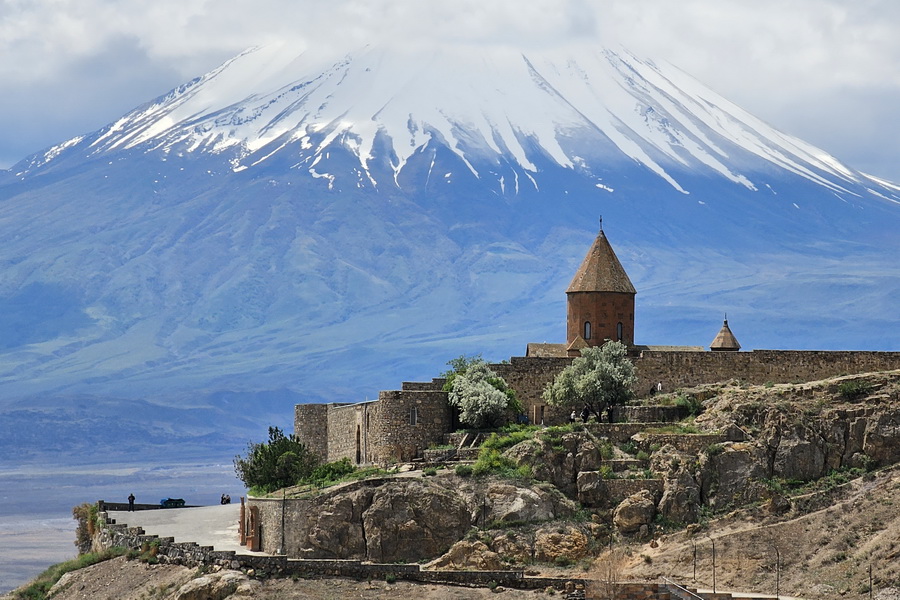
We have selected the top 15 places to visit in Armenia to help you navigate your journey through this beautiful land. Marvel at the magnificent medieval architecture and visit the monasteries of Geghard and Noravank, set amidst stunning mountain scenery. Admire the crystal-clear waters of Lake Sevan, and explore the pagan temple of Garni, the only surviving ancient temple in the Caucasus, perched above a dramatic gorge. Don't miss Echmiadzin, the spiritual heart of Armenian Christianity, along with many other religious sites that reflect the country's deep heritage.
The Cascade
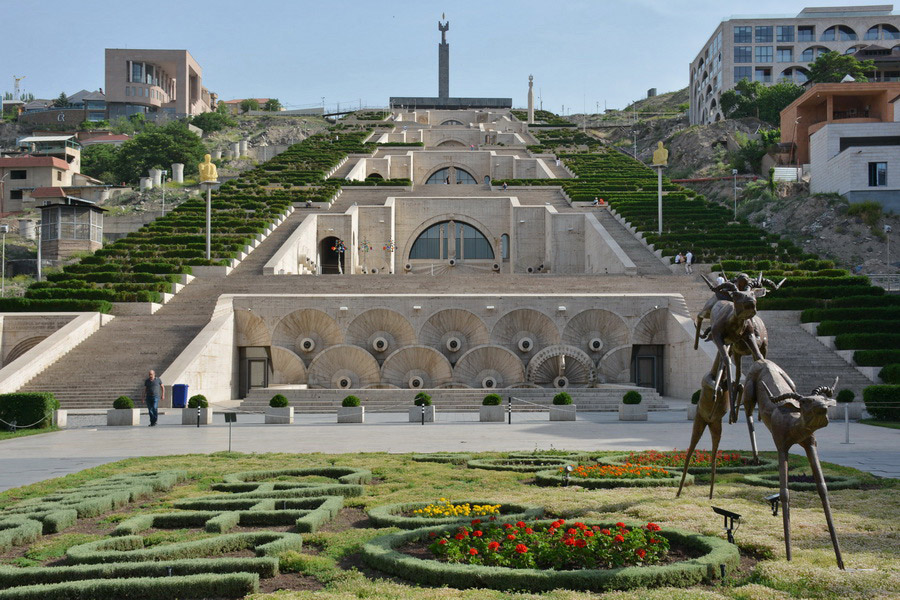
The Cascade is a monumental complex in the heart of Yerevan and a true symbol of the city. This impressive structure features large staircases and fountains, connecting Tumanyan Square below with Victory Park on a high hill.
At the base of the Cascade and along its platforms, visitors will find modern art installations, including sculptures, uniquely designed statues and beautifully arranged flower beds. Climbing the Cascade offers breathtaking panoramic views of Yerevan, and on a clear day visitors can even see Mount Ararat in the distance.
The Cascade is home to the Gafeschyan Art Centre, which showcases contemporary works by artists from around the world, further enhancing this cultural landmark and making it one of the top places to visit in Armenia.
Garni Temple
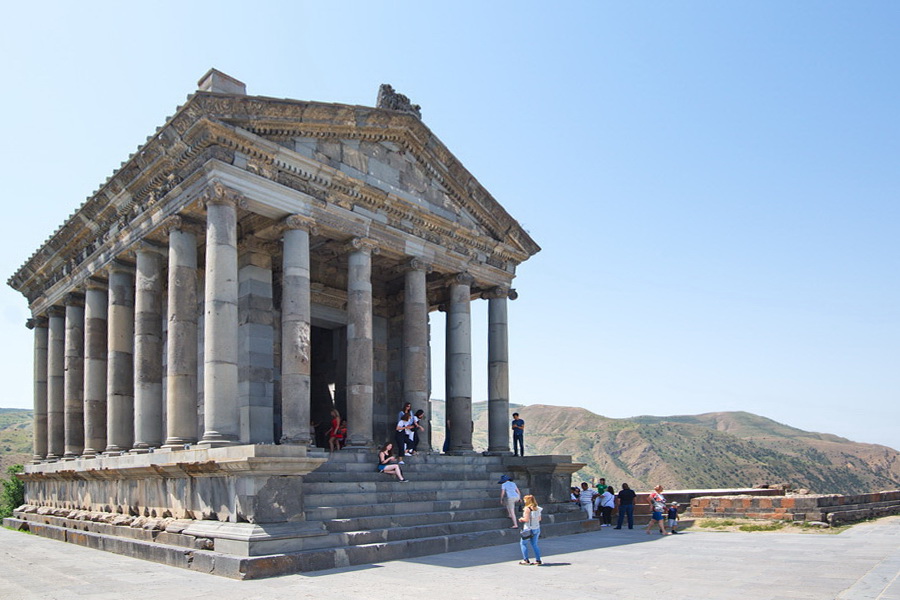
Garni Temple is an ancient pagan temple built in the 1st century AD in honour of the god Mithras, the personification of sunlight in the Hellenistic world. Reflecting classical Greek architecture, the temple stands majestically with 24 stately columns supporting its sloping roof, decorated with intricate bas-reliefs and stone carvings.
Adjacent to the temple is the Garni Fortress, which houses the remains of a palace and baths reminiscent of public Roman bath architecture. The Temple of Garni is the only pre-Christian temple in Armenia. Such ancient places to visit in Armenia are shining examples of the country's rich cultural heritage and a source of pride for the Armenian people.
Geghard Monastery
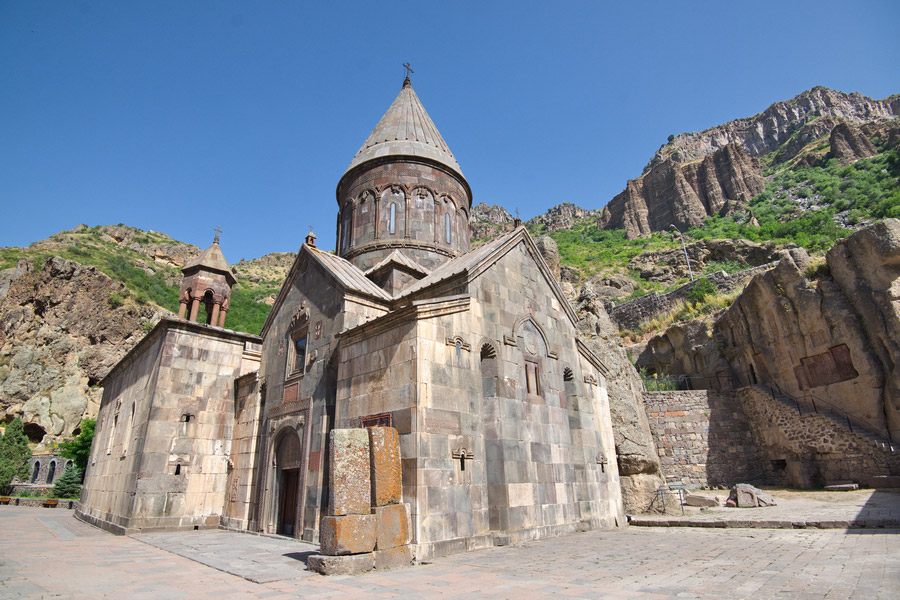
Geghard Monastery is a remarkable architectural monument, founded in the 4th century, partly carved into the rock. Its name, meaning "Monastery of the Spear", honours the relic, believed to be the spear that pierced Christ, which was kept at Geghard for many years.
The main temple, built in the 13th century, is surrounded by rock-cut cells and chapels that blend seamlessly into the rugged landscape. Nestled in the picturesque gorge of the Azat River, Geghard is framed by towering mountains, creating a breathtaking scene.
The monastery's structures are adorned with khachkars carved into the rock and intricate bas-reliefs depicting animals, symbolising the connection between nature and spirituality. As one of the most iconic places to visit in Armenia, Geghard Monastery stands as a testament to the country's rich cultural and religious heritage.
Lake Sevan
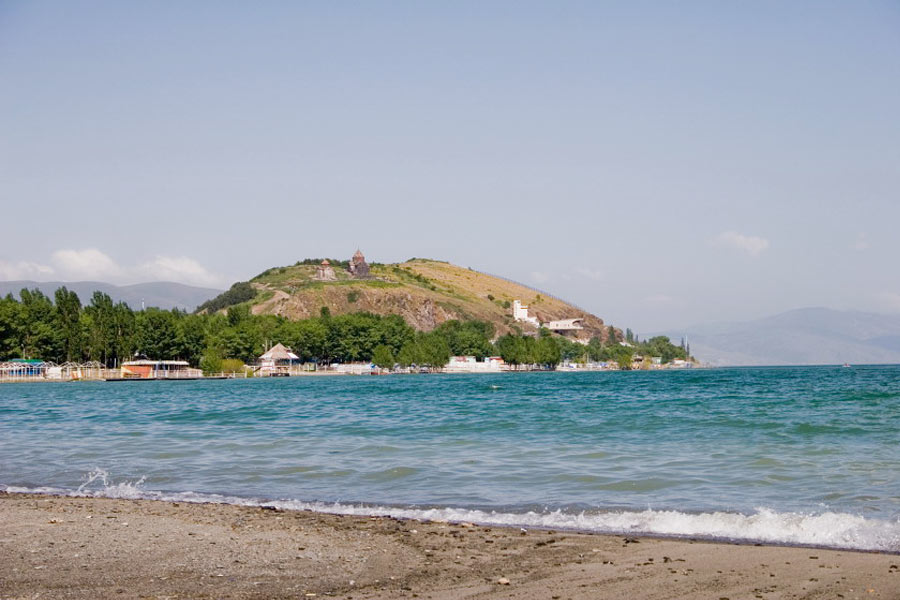
Often referred to as the Pearl of Armenia, Lake Sevan is the largest lake in the Caucasus at 1,900 metres above sea level. Renowned for its clear, clean waters and rich biodiversity, the lake is home to rare species, including the famous Sevan trout.
Overlooking the lake is Sevanavank Monastery, a striking 9th century landmark that adds to the historic charm of the region. In summer, Sevan transforms into a bustling resort, attracting visitors for relaxation, water sports and immersion in the area's natural beauty.
As one of Armenia's most important natural attractions, Lake Sevan is an essential stop for anyone exploring the country's landscapes and cultural heritage.
Tatev Monastery
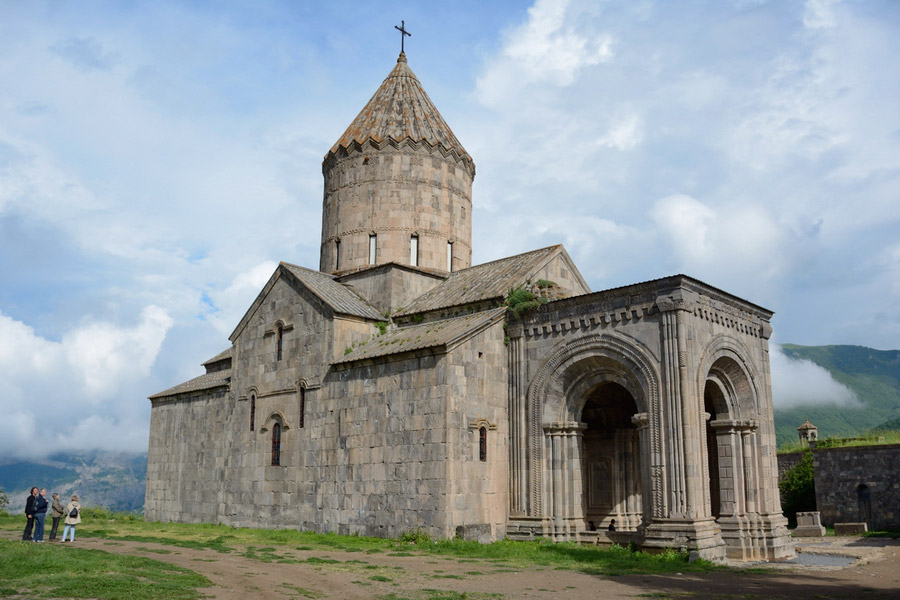
Tatev Monastery is a stunning 9th century complex perched on the edge of the Vorotan Gorge in southern Armenia. Its rugged beauty and remote location make it one of the most impressive and awe-inspiring monasteries in the country.
During the Middle Ages, Tatev was an important spiritual and educational centre, home to a university that focused on philosophy, theology, science and calligraphy. Adding to its allure, the monastery is accessible via the Wings of Tatev, the world's longest reversible aerial tramway, which stretches 5.7 kilometres across the gorge.
Tatev Monastery rightfully holds its place in the top 15 places to visit in Armenia. As one of the most iconic sites in the country, it attracts thousands of visitors each year, standing as a testament to Armenia's rich history and architectural brilliance.
Matenadaran
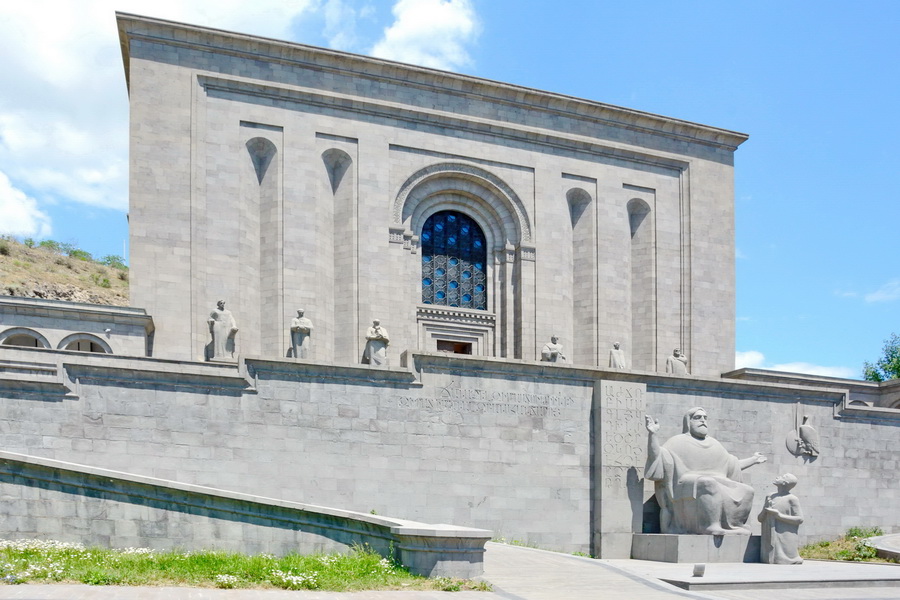
Matenadaran Museum is one of Armenia’s most important cultural and academic institutions, housing a vast collection of ancient manuscripts and early printed books. With tens of thousands of documents spanning different historical periods, it stands as a testament to the nation’s rich intellectual legacy.
The museum’s holdings cover a wide range of subjects, including philosophy, medicine, history, astronomy, and architecture. In addition to books, Matenadaran boasts an extensive collection of illustrative art, featuring Gospel illuminations, battle paintings, maps, and calendars that reflect the artistry of early handwritten and printed works.
Matenadaran is Armenia's hidden gem, offering visitors a glimpse into the deep scholarly traditions and artistic achievements of the Armenian people.
Echmiadzin Cathedral
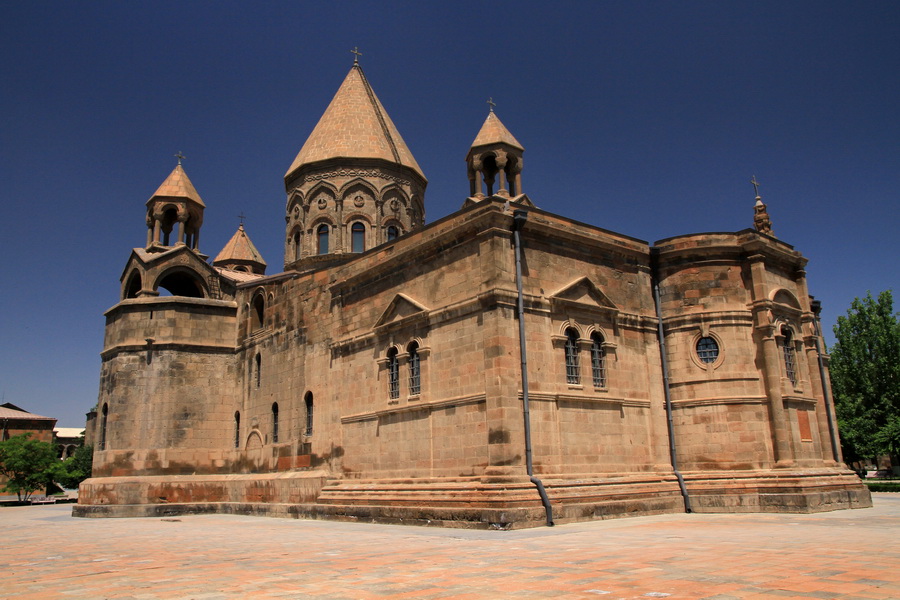
Echmiadzin, or Vagharshapat, is the spiritual centre of the country and the seat of the head of the Armenian Apostolic Church. The city is home to the Echmiadzin Cathedral, considered one of the oldest Christian churches in the world. Founded in 303 AD, it symbolises Armenia's adoption of Christianity as the state religion.
The cathedral is impressive in its size and rich decoration, both inside and out. Unique bas-reliefs, cross stones and medieval frescoes have been preserved within its walls, while modern restoration has restored the cathedral to its original beauty.
Noravank Monastery
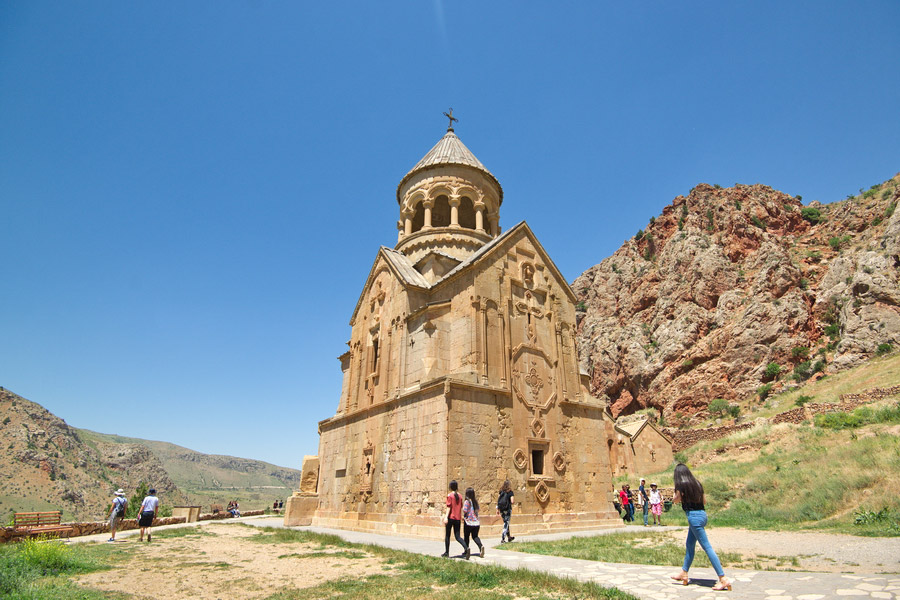
Noravank Monastery is nestled among the picturesque cliffs of the Arpa River Gorge. Founded in the 13th century, it has long served as the spiritual and cultural centre of the region.
The complex consists of three churches - Surb Astvatsatsin, Surb Karapet and Surb Grigor - each with unique architectural features and distinctive façade designs. The walls of the churches are decorated with images of Christ, the Mother of God, the Apostles Peter and Paul, as well as intricate patterns and ornaments.
Surrounded by steep red cliffs, the striking landscape adds to the beauty of the monastery, making Noravank one of the most impressive places to visit in Armenia.
Khor Virap Monastery
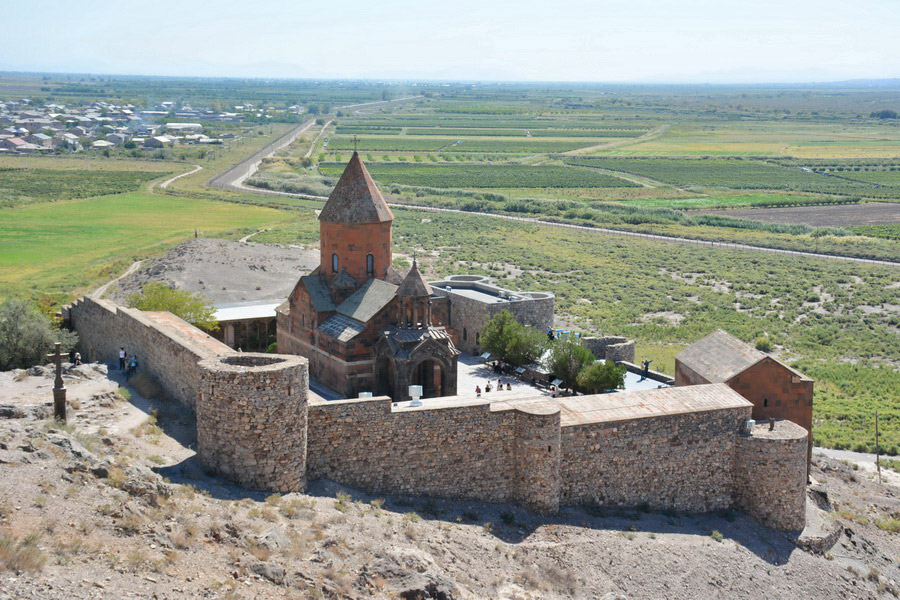
Khor Virap is one of the most important monasteries in Armenia, located at the foot of Mount Ararat. Its name, which means 'underground dungeon', is linked to the legend of St Gregory the Illuminator, who was imprisoned here for spreading Christianity.
When King Tiridates III embraced the new faith, St Gregory emerged as the first Catholicos of all Armenians, cementing his place as the country's most revered religious figure.
As one of Armenia's attractions, Khor Virap holds deep spiritual and cultural significance and is a powerful symbol of faith and resilience for the Armenian people.
Zvartnots Temple
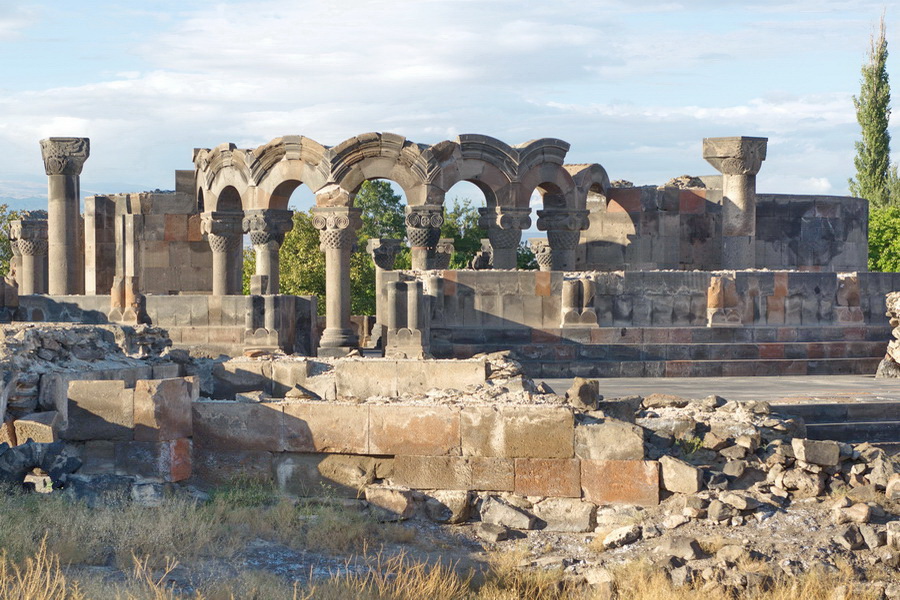
Zvartnots Temple is an exceptional example of ancient Armenian architecture, built in the 7th century near Echmiadzin. The name of the temple, which means 'Temple of the Vigilant Angels', reflects its spiritual significance. Unlike most Christian churches of the time, which were square in shape, Zvartnots stood out with its three-tiered circular design.
The temple was dedicated to St Gregory the Illuminator, commemorating his legendary meeting with King Tiridates III at the site. Although Zvartnots was destroyed in the 10th century, its ruins continue to captivate visitors with their impressive beauty and scale.
Recognised as a UNESCO World Heritage Site, Zvartnots remains a powerful symbol of Armenia's ancient architectural splendour and rich cultural heritage, and rightfully holds its place in the top 15 places to visit in Armenia.
Saghmosavank Monastery
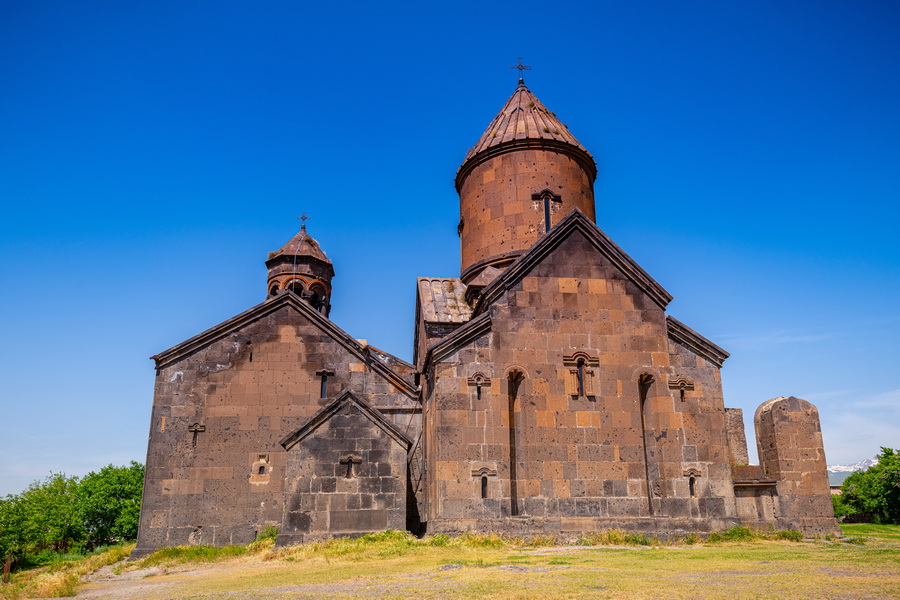
Saghmosavank is an ancient Armenian monastery, founded in the early 13th century, situated on the edge of the picturesque Kasakh Gorge. The monastery complex includes the temple of Surb Sion (St Sion), the church of St Astvatsatsin, a narthex, a book depository and a bell tower.
Saghmosavank is famous for its collection of ancient manuscripts, carefully preserved and handed down through the generations, reflecting Armenia's rich spiritual and cultural heritage. In addition to its religious role, the monastery functioned as an educational centre where notable scholars and enlighteners of the Middle Ages studied and contributed to Armenian thought.
Renowned for its austere beauty, the monastery's architecture blends seamlessly with the breathtaking mountainous landscape, underscoring Saghmosavank's grandeur as a symbol of Armenia's enduring heritage.
Areni Cave
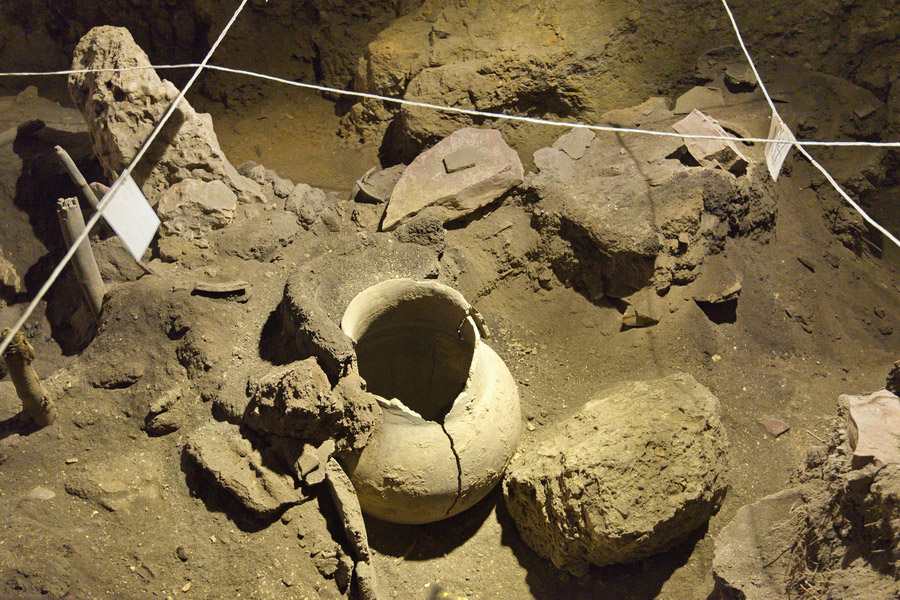
Areni Cave is a karst fissure in a rocky ridge near the village of Areni in southern Armenia. In 2007, archaeologists uncovered evidence of primitive human settlements near the Arpa River, dating back thousands of years. As the oldest archaeological site in Armenia, Areni Cave is a unique historical monument that sheds light on the lives and daily activities of humankind's ancestors.
Some of the oldest findings in the cave date back to the 6th-5th millennium BC, with traces of habitation associated with the Maikop, Kura-Araxes and other ancient cultures. One of the cave's most remarkable discoveries is the world's oldest known wine cellar, estimated to be over 6,100 years old.
The Areni Cave remains an essential site for understanding Armenia's ancient history, offering invaluable insights into the region's prehistoric past.
Noratus Cemetery
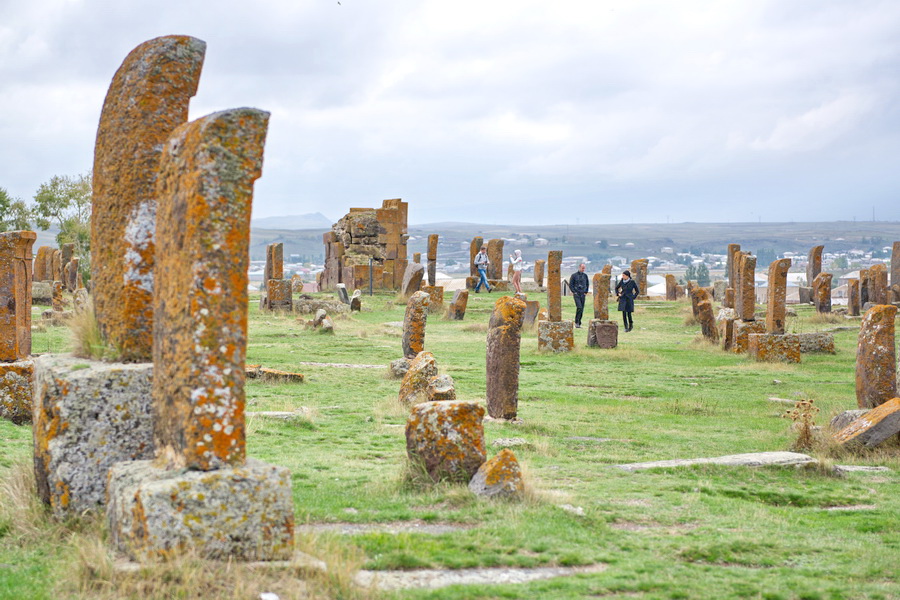
Noratus Cemetery is the largest collection of ancient khachkars (cross-stones) in Armenia, preserving the country's medieval artistic and spiritual heritage. Most of the intricately carved tombstones date from the 16th and 17th centuries, although the oldest are believed to be nearly a thousand years old.
The motifs carved into the stone by ancient artisans range from ornamental designs and biblical scenes to depictions of wedding rituals, birds, animals, and everyday life. Each khachkar is a unique masterpiece, often taking months of dedicated labour to complete. This is an absolutely mystical and otherworldly place to visit in Armenia, offering a deep connection to the country's ancient past and spiritual traditions.
Sanahin Monastery
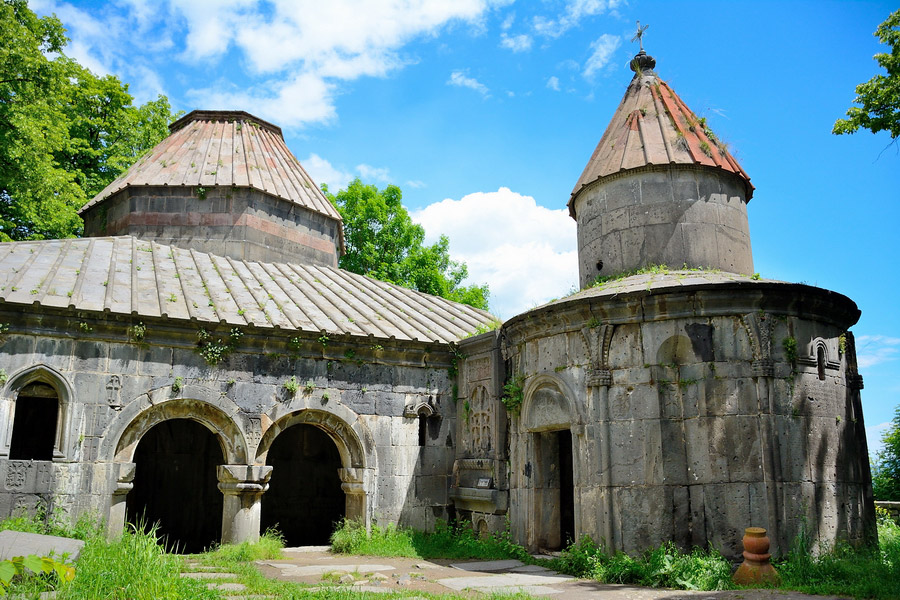
Built in the 10th century near the town of Alaverdi, Sanahin Monastery is a masterpiece of medieval Armenian architecture. For centuries, this Christian monastery served as a vibrant cultural and spiritual centre, combining religious traditions with the progressive ideas of the Enlightenment.
Sanahin was home to an important library that preserved precious manuscripts and early printed editions - invaluable examples of Armenian writing that reflect the rich history and heritage of the region.
The architectural ensemble of Sanahin Monastery is a testament to the exceptional talent and craftsmanship of medieval Armenian architects, making it one of the country's most remarkable historical landmarks and one of the must-see places to visit in Armenia.
Amberd Fortress
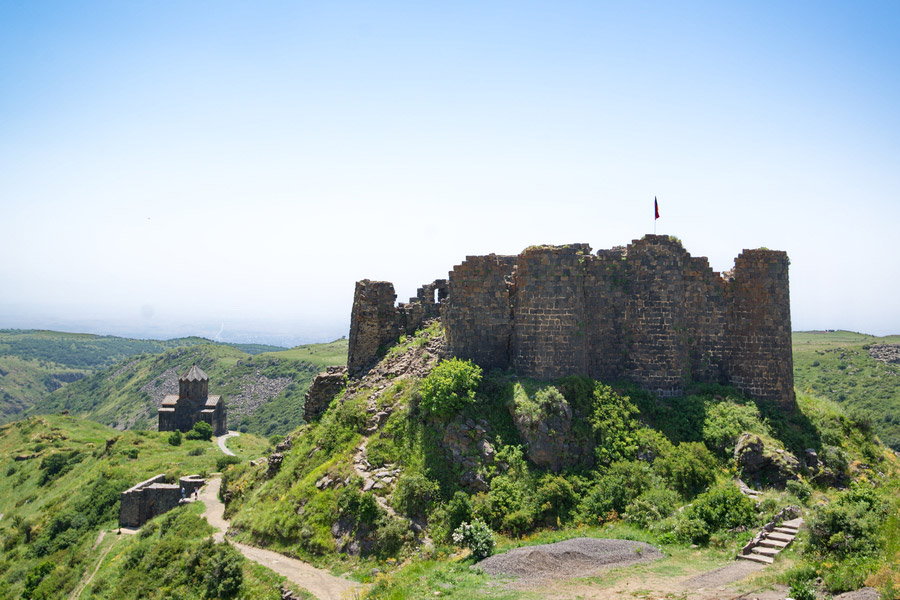
Amberd Fortress is a striking example of medieval Armenian architecture, perched on the slopes of Mount Aragats at an altitude of over 2,300 metres above sea level. Built in the 7th century, it functioned both as a strategic defence point and as a summer residence for Armenian princes.
The fortress complex features massive stone walls, round towers, a palace and the Surb Astvatsatsin Church, built in the 11th century. Situated at the confluence of two rivers and surrounded by deep gorges, Amberd's natural defences made it almost impregnable.
From the fortress walls, visitors are treated to breathtaking views of the surrounding valley and lush green slopes stretching to the horizon, making Amberd Fortress one of the most impressive places to visit in Armenia and a must-see for history and nature lovers alike.
More Things to See in Armenia
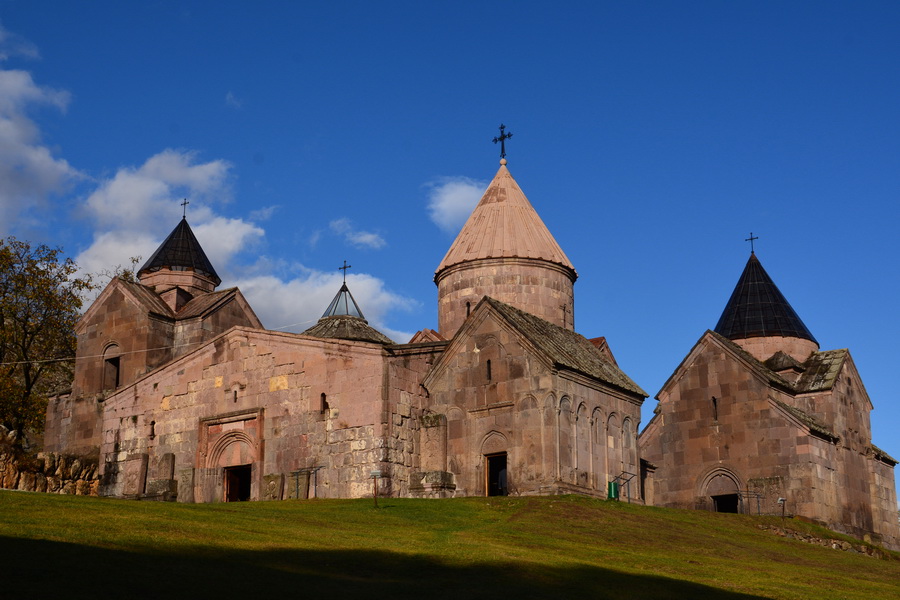
What other places in Armenia are worth visiting to fully appreciate the culture of this ancient country? For those looking to enrich their trip with vibrant and diverse sights, we recommend exploring the following fascinating places.
Founded in the 12th century, Goshavank Monastery is located in the picturesque Getik River Valley. Named after the prominent Armenian thinker, writer and theologian Mkhitar Gosh, the monastery became an important centre of science, culture and religion. It housed an important medieval university where theology, philosophy, mathematics and art were studied.
The complex includes several churches, a library and a scriptorium - a workshop for copying manuscripts. All the buildings are in the style of classical Armenian temple architecture. The monastery grounds also feature unique khachkars (cross stones) with fine, intricate carvings.
Khndzoresk is a unique cave city in southern Armenia, perched along the slopes of a picturesque gorge. Known for its natural and man-made caves, Khndzoresk was inhabited until the mid-20th century. The caves once served as homes, storage spaces, and churches, reflecting the resourcefulness of the region’s ancient inhabitants.
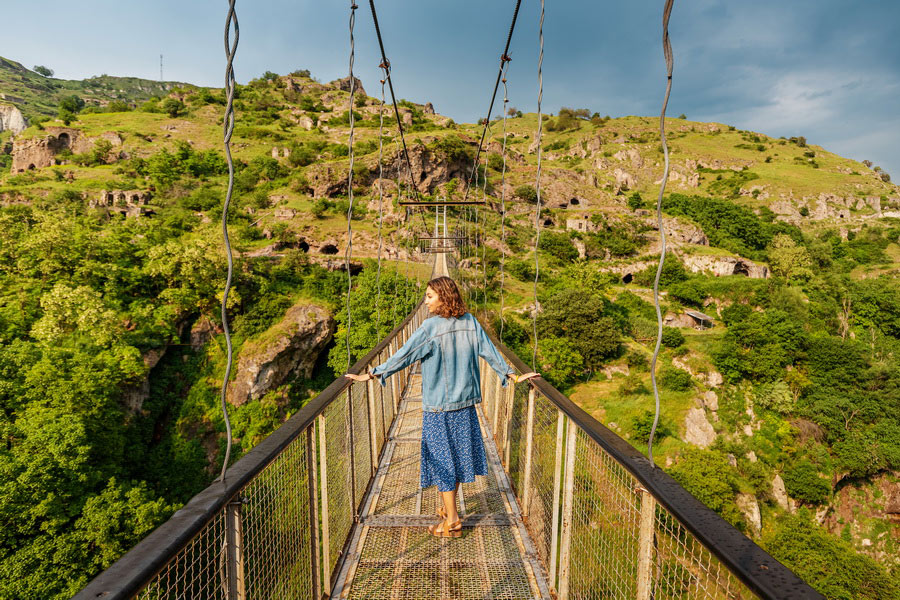
In its prime, Khndzoresk was one of the largest settlements in the area, housing thousands of residents. Though now uninhabited, the site draws visitors with its stunning views and rich history.
A highlight of the site is the swinging bridge that spans the gorge, connecting both sides and offering breathtaking panoramas of the cave city below. Khndzoresk stands as a remarkable testament to Armenia's architectural ingenuity and enduring cultural heritage, securing its spot as one of the most fascinating places to visit in Armenia.

